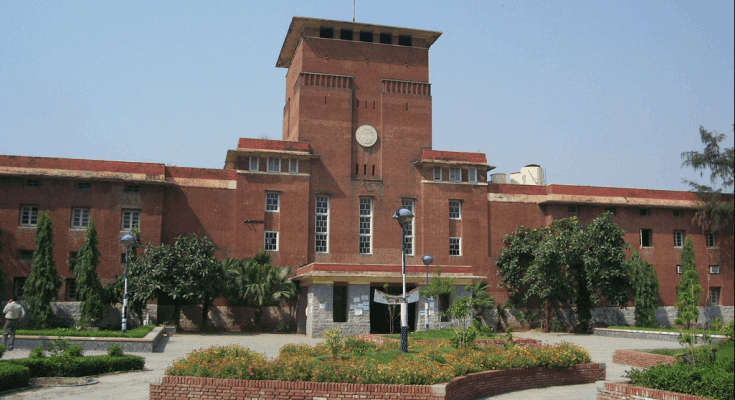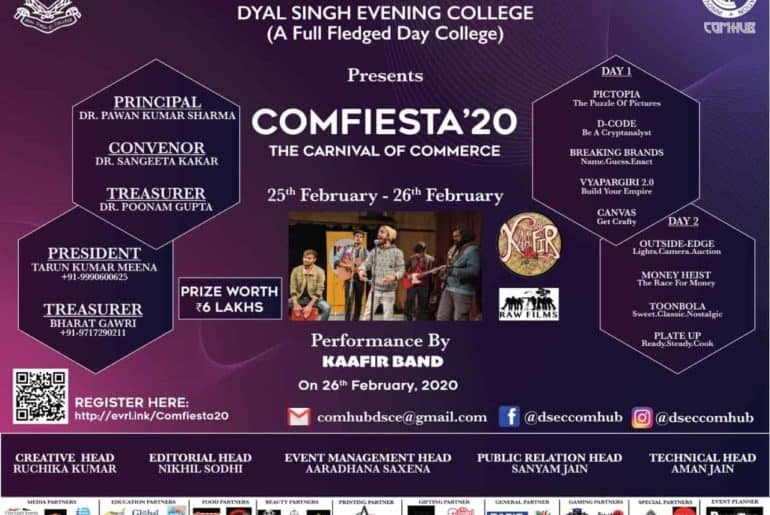12 colleges of the University of Delhi haven’t paid their teaching and non-teaching staff salary for two months now.
12 colleges in the University of Delhi have withheld salary from their teaching and non-teaching staff for two months now. The colleges whose funds have been withheld are Indira Gandhi Institute of Physical Education & Sports Science, Shaheed Sukhdev College of Business Studies, Shaheed Raj GuruCollege, Deen Dayal Upadhyaya College, Dr Bhim Rao Ambedkar College, Acharya Narendra Dev College, Bhagini Nivedita College, Keshav Mahavidyalaya, Maharaja Agrasen College, Aditi Mahavidyalaya, Maharishi Balmiki College of Education, and Bhaskaracharya College of Applied Science. The funds have been withheld by Delhi Government because the colleges haven’t notified their governing bodies, approval for which, they claim, is awaited from the university.
The salaries of not just the faculty but also of sanitation workers, contractual labourers, and other non-teaching staff have also been held up. “It seems we will not be able to pay salaries even from 1st April.” Principal Hem Chand Jain of DDU college, told The Times of India. Another principal has said that theyare yet to get a concrete response from Delhi government on when and how the issue would be resolved but revealed that they had been told thatrepresentatives would be meeting Vice Chancellor Yogesh Tyagi on 17th March regarding the matter. This information has been confirmed by a DU official. In response to the issue, Deputy Chief Minister Manish Sisodia has said that the government-aided colleges had been doing a lot of “illegal work” because “without governing bodies in place the colleges can’t function”.
It has also been revealed that the University’s Executive Council approving the names at its sitting on 13th March. A DU official told Times of India that the AAP government flouted norms in selecting some of governing board nominees. The official alsoargued that in the pattern of assistance, there isnothing that states that the government is allowed to without funds from an institution that doesn’t have a governing body.
The staff of these 12 institutions steadfastly believe that the shortcomings of the DU administration in regards to solving this matter are highly political, and a fight between “two political parties”.
For now, it seems highly unlikely that the issue would be solved anytime soon.
Feature Image Credits: DU Beat Archives
Shreya Juyal








